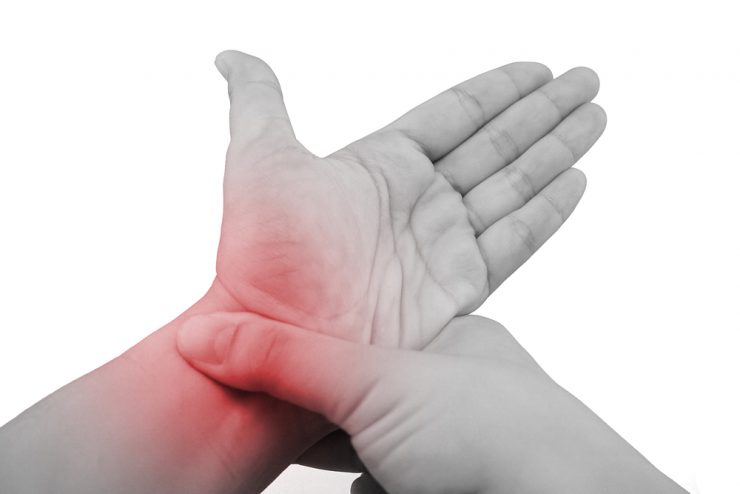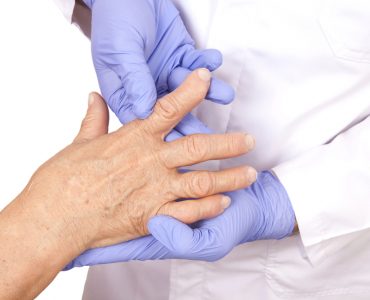For many people Rheumatoid Arthritis in the hands is probably one of the worst things that can happen. Not just because of the ongoing stiffness which they experience, but because of the pain, which can only be treated with non-steroidal anti-inflammatory drugs (NSAIDs) and by attempting to boost the auto–immune system and modify the worst effects with disease-modifying anti-rheumatic drugs (DMARDS). Doctors generally will not prescribe opiates because of debilitating long-term effects.
The Medical alternatives
Cortocosteroid injections can be used to reduce inflammation to the synovial joints and would only be used if regular treatments are not proving effective. The corticosteroid is accompanied by a long-lasting anesthetic but has potential side effects, restricting how often they can be given.
Other options include specially designed splints and braces, which, because of the risk of muscle wastage ought not to be overused.
On the bright side however, finger and wrist joint replacement surgery has now advanced considerably, and prosthetic joints can be introduced to replace worn ones where hand deformity is severe.
There have also been developments in the use of stem cell, Lipogen and PRP therapy (Blood platelet treatment) delivered by injection and which is frequently used by professional athletes.
Facilitative ’fixes’
Because flexibility and dexterity are obviously affected Rheumatoid arthritis treatments for hands can include the use of adaptive tools and equipment to make life easier.
Lightweight tools for housework and gardening are now more prevalent in the shops, and simple changes, like buying clothes with zips instead of fumbling with buttons, and avoiding clothing or equipment which is particularly fiddly can make life a little easier and less painful.
Occupational therapy and exercises
Exercise is often now prescribed by doctors as an addition, and alternative to medication. Movement helps with flexibility and can be an important aspect of managing arthritis.
Simple actions like making a fist; slowly tightening and releasing your hand 10 times and repeating the sequence with your other hand. Bending and straightening fingers and thumb. Making circular motions with thumbs whilst keeping the thumb straight, stretching your thumb away from your hand and using it to touch each individual fingertip, even squeezing a soft ball to build your grip back up when it is faltering.
Homeopathic and herbal treatments
If prescribed NSAID’s cease to be effective, there are alternative rheumatoid arthritis treatments for hands available, in the form of homeopathic and herbal treatments.
Although these can often be very effective as an accompaniment to regular treatment this should usually only be entered into after a consultation with your doctor, who may be able to advise on reputable practitioners or suppliers and can evaluate whether herbal and homeopathic remedies might interfere with ongoing pharmaceutical treatments.
There is scientific evidence that adding herbal treatments, such as turmeric, and feverfew, (known to improve hand grip with regular use) and ‘tripterygium wilfodii Hook (a Chinese plant used to reduce morning stiffness and pain) to your diet can reduce pain and inflammation over time.













